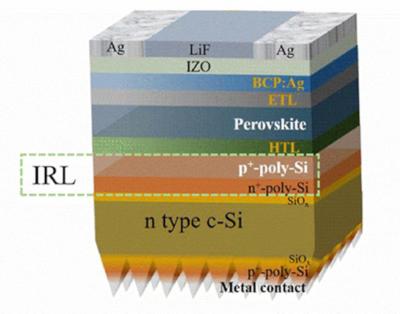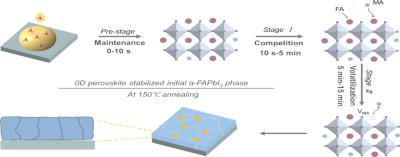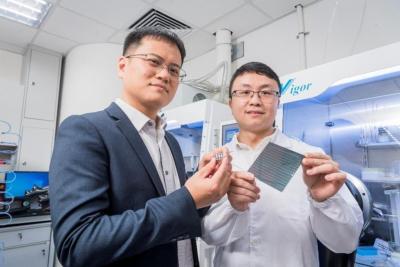Renesola Henan begins PV plant construction, plans to establish a 2 GW perovskite solar modules production line as a next step
Global PV project developer and panel manufacturer, Renesola, recently held a groundbreaking ceremony for its 3GW PV module production factory in Longan District, Anyang City, Henan Province. The total investment for the project is approximately 3 billion yuan (almost USD$422 million).
The first phase of the project will establish a 3GW photovoltaic module production line, along with essential production equipment such as frames, brackets, and welding strips, with the goal of creating a comprehensive photovoltaic industry chain. While this plant is not focused on perovskite-based PV, it is important to note that the second phase of ReneSola's Anyang base plans to establish a 2 GW Perovskite solar modules production line, covering an area of approximately 40,000 square meters.






